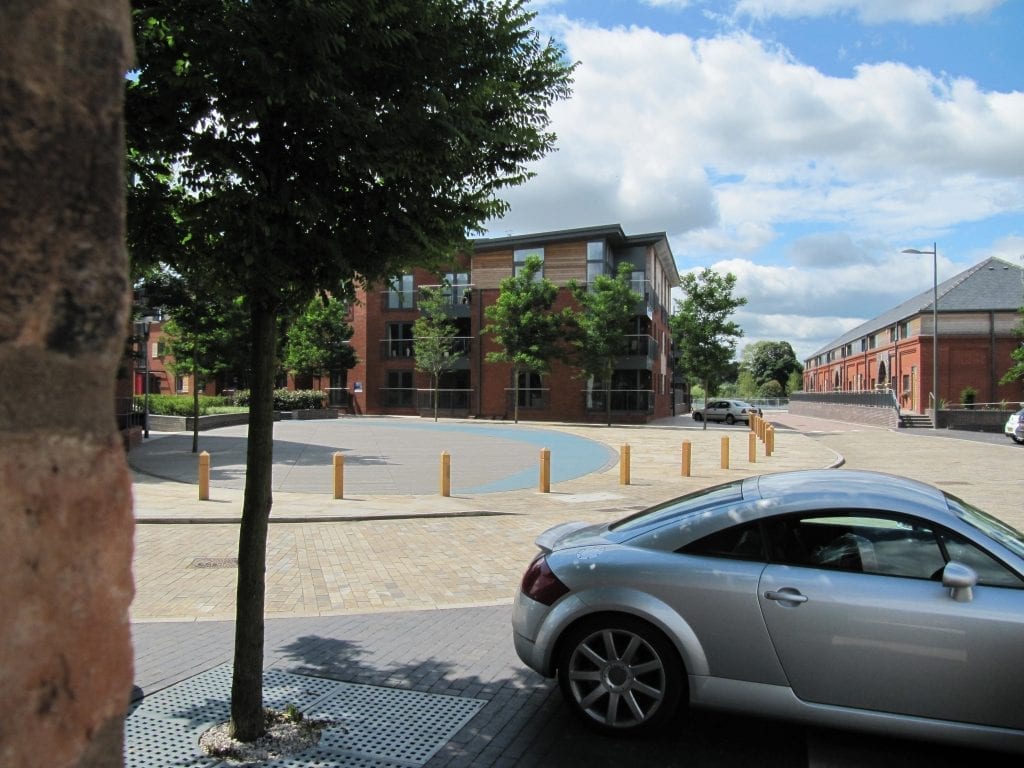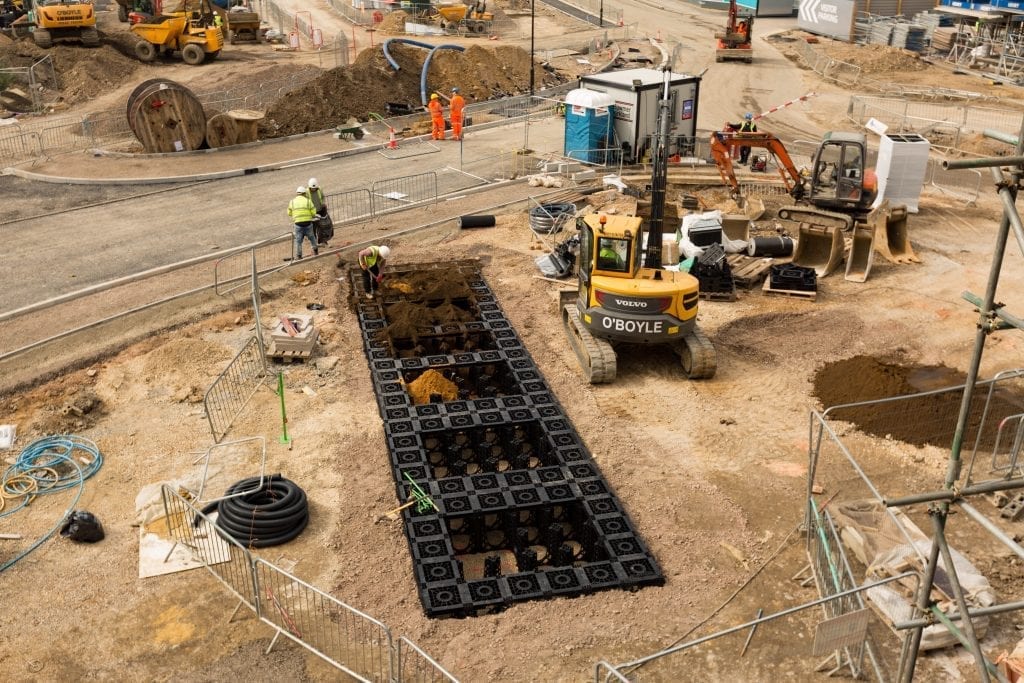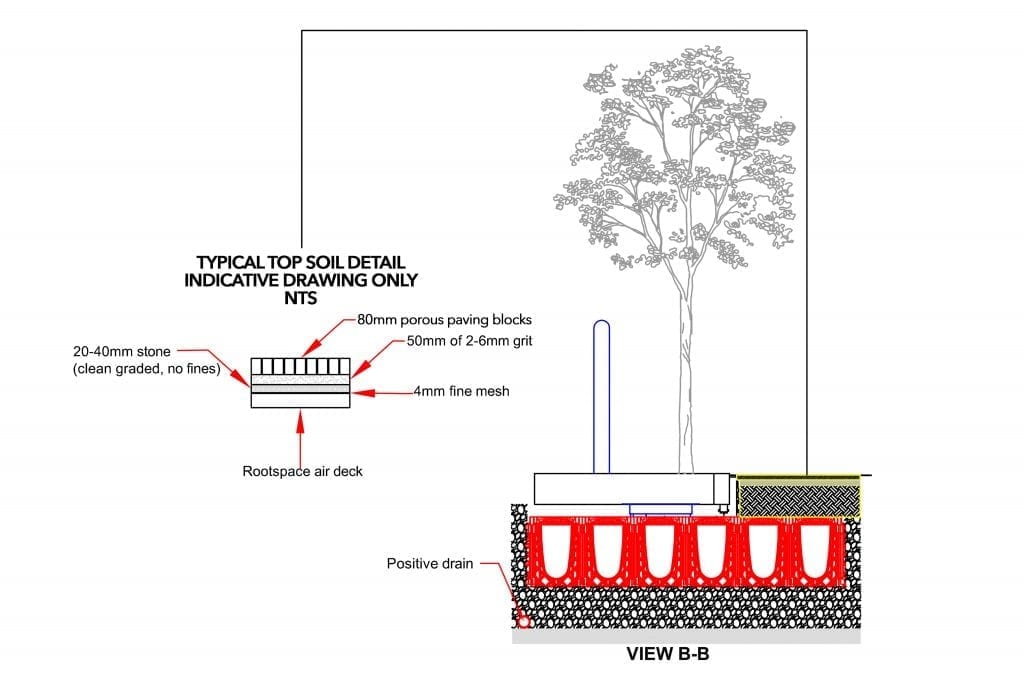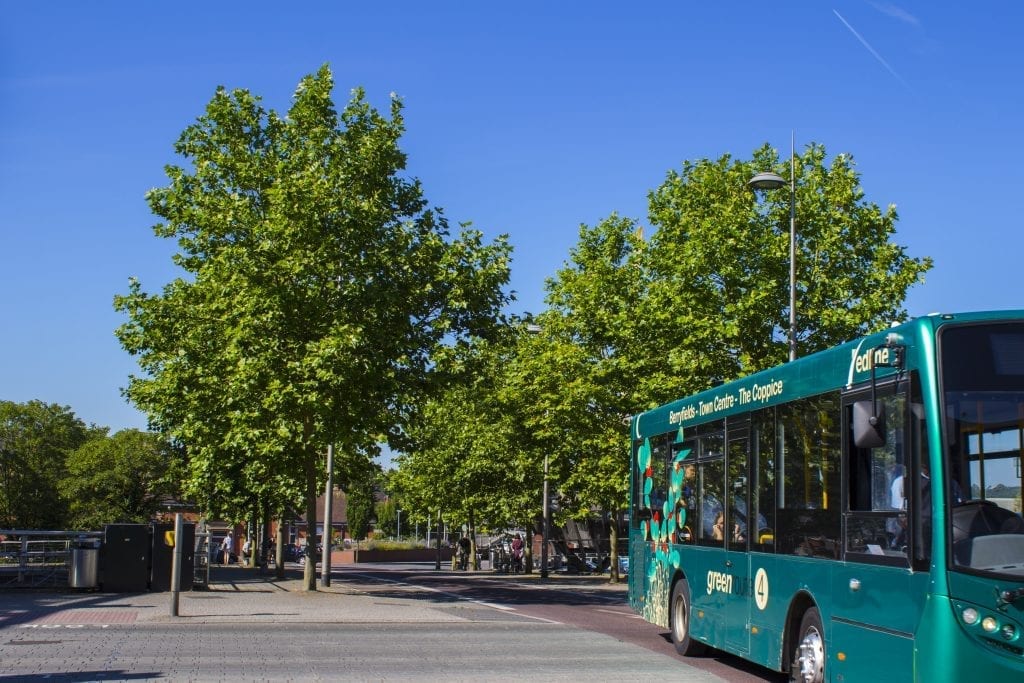At GreenBlue Urban one of the saddest occasions for our team is when we see lost opportunities to integrate multifunctional tree pit solutions on developments. What we mean by this is that at some stage through the design process, the scope of the landscaping plan for a site is altered and the vision diluted, resulting in developments which do not deliver long-term benefits that end users deserve and that clients can deliver without additional costs or headache.
It is absolutely critical that both clients and end users achieve a symbiosis through which the client’s schemes provide high quality, innovative landscapes to complement the built forms on site. This builds a brand while at the same time delivers added health, social and ecological benefits across the development.

As new developments contribute significantly to the enhancement and enlargement of the urban forest, developers have an important role to play in achieving landscape schemes that push the boundaries, incorporating trees into the urban landscape, using a range of innovative solutions that deliver long-term value and are maintenance free.
Through the integration of such solutions into landscape plans, particularly in the case of larger sites, design teams will have a much more cohesive overview of the connection between the green, blue and grey infrastructure on site, thereby increasing the chances of a quick planning approval process.
How can this all be achieved and what can the end result look like?
There are several awards and best practice schemes in place for developers and local authorities who deliver the highest quality landscapes. This builds credentials and ultimately drives long-term economic benefits. It is the ‘on the ground’ impact that marks the success of such schemes.
Using a holistic tree pit design that provides an engineered underground solution that can be applied across a range of contexts, you can expand the scope and ambition of your landscape strategy. The basic ingredients for success:
Think SCALE
Schemes will often be a complex combination of discrete retrofit opportunity, resulting in the implementation of single, offset tree pits and provide areas where linked tree pits (a design best practice in which trees can share rooting environment) will be possible.

Think RETROFIT and FLEXIBILITY
When specifying engineered flexible/modular soil support systems, the world really is your oyster. With engineered suspended pavement systems in your toolkit, you will spot opportunities to integrate semi-mature trees to provide higher canopy volume for existing/future users that would never be possible otherwise.
Think MULTIFUNCTIONAL SUDS / LID
Why not tick several boxes at once and use a space-saving solution to deliver stormwater attenuation targets and landscaping requirements? That can be integrated alongside permeable paving and with rain gardens.

Think BUILD OUTS and HIGHWAY
Traffic calming buildouts can provide landscape architect and urban planners with an excellent opportunity to simultaneously address traffic flow while providing green infrastructure and stormwater management.

Think COMMUNITY
Don’t leave a treeless wasteland where nobody wants to be, as these types of designs will have a cumulative detrimental impact on future prospects. Gain the marketing traction from a high-quality landscape and demand a premium for a development of distinction. Think front gardens, open spaces, and anywhere in between.

Think CONNECTIVITY
Getting from A to B is about so much more than the mundane, grey, unaesthetic concrete jungle. If we can create green links, we can encourage a step change in the way people move from one space to another. What do people see as they enter and exit a scheme, how do they arrive and depart? Urban trees can make or break the quality and amenity value of transport hubs and car parks and this is essential to the overall character of a site.




